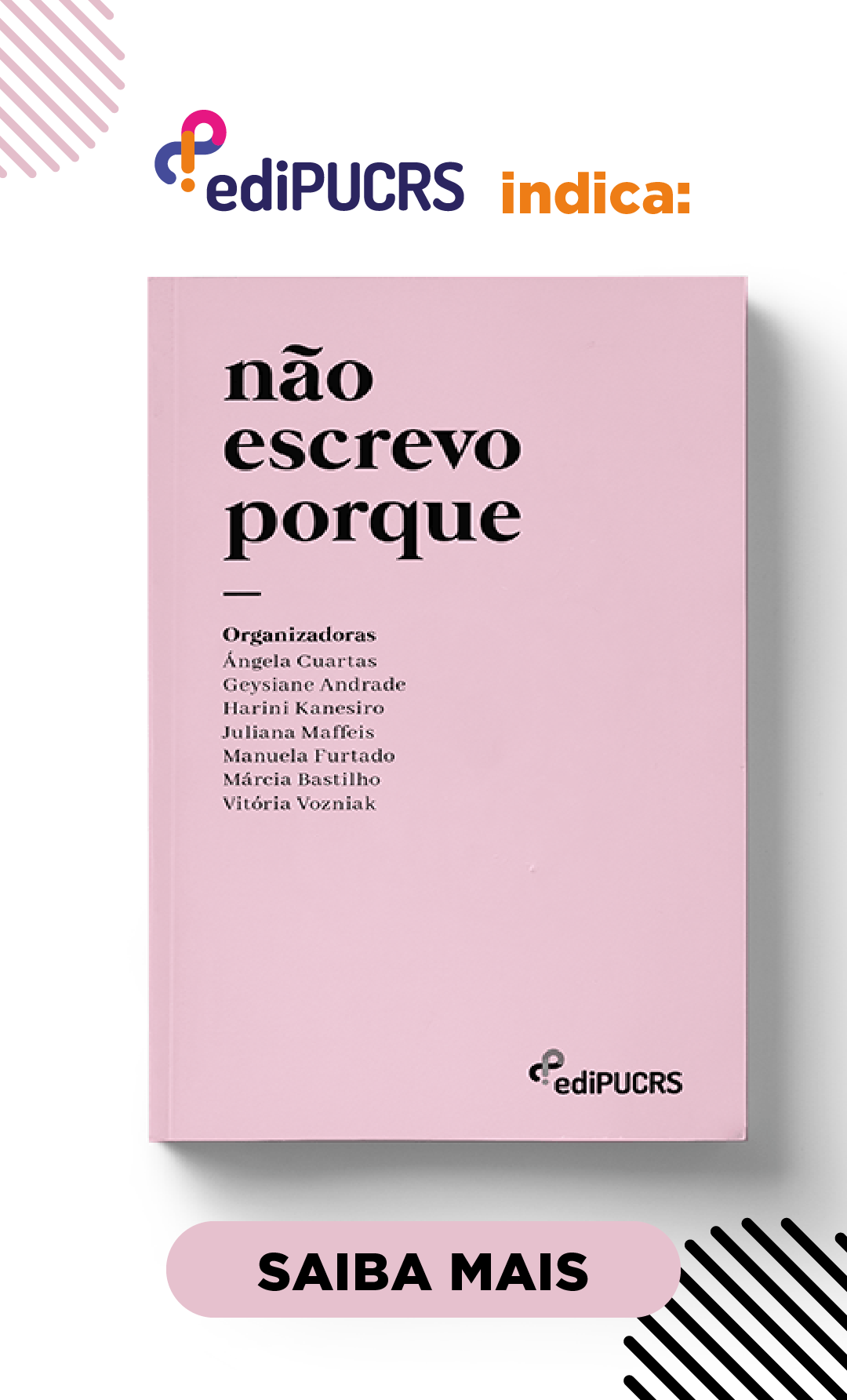Gamificação em um livro didático para aprendizes brasileiros de inglês
DOI:
https://doi.org/10.15448/2178-3640.2022.1.41062Palavras-chave:
gamificação, ensino da língua inglesa, criação de materiais didáticosResumo
A gamificação, ou seja, o uso de elementos de design de jogos em ambientes não relacionados a jogos, atraiu um crescente interesse acadêmico com diversos trabalhos publicados sobre a aplicação e a avaliação da gamificação na educação. O esforço extenuante para introduzir inovação nos livros didáticos e melhorar o engajamento dos alunos em sala de aula permitiu que a gamificação ganhasse terreno no ensino da língua inglesa. Este artigo tem como objetivo apresentar e discutir as estratégias implementadas para gamificar um livro didático para jovens brasileiros aprendizes de inglês. Além disso, pretende-se também contribuir para a criação de materiais didáticos ao descrever alguns princípios de design de jogos. As implicações pedagógicas e de design decorrentes das estratégias adotadas no livro examinado incluem a oferta de uma variedade de elementos de design de jogos em vários níveis de abstração (padrões de design de interface de jogos, padrões e mecânicas de design de jogos, princípios e heurísticas de design de jogos, e modelos de jogos). Finalmente, o texto compartilha algumas reflexões sobre a importância de criar um ambiente de aprendizagem centrado no aluno com base em uma gamificação significativa.
Downloads
Referências
Brasil (2018). Base Nacional Comum Curricular. Ministério da Educação. http://basenacionalcomum.mec.gov.br/images/BNCC_EI_EF_110518_versaofinal_site.pdf
Deterding, S., Dixon, D., Khaled, R., & Nacke, L. (2011). From game design elements to gamefulness: defining “gamification”. Proceedings of the 15th International Academic MindTrek Conference: 9-15. https://doi.org/10.1145/2181037.2181040
Dichev, C., & Dicheva, D. (2017). Gamifying education: what is known, what is believed and what remains uncertain: a critical review. Int J Educ Technol High Educ, 14(9). https://doi.org/10.1186/s41239-017-0042-5
Dicheva, D., Dichev C., Agre G., & Angelova G. (2015). Gamification in Education: A Systematic Mapping Study. Educational Technology & Society, 18(3): 75-88. https://www.jstor.org/stable/pdf/jeductechsoci.18.3.75.pdf
Domínguez, A., Saenz-de-Navarrete, J., Marcos, L., Sanz, L., Pagés-Arévalo, C., & Martínez, J. (2013). Gamifying learning experiences: Practical implications and outcomes. Computers & Education, 63: 380-392. https://doi.org/10.1016/j.compedu.2012.12.020
Franco, C., & Tavares, K. (2019). English Play 8. FTD.
Hanus, M., & Fox, J. (2015). Assessing the effects of gamification in the classroom: A longitudinal study on intrinsic motivation, social comparison, satisfaction, effort, and academic performance. Computers & Education, 80: 152-161. https://doi.org/10.1016/j.compedu.2014.08.019
Kyewski, E., & Krämer, N. (2018). To gamify or not to gamify? An experimental field study of the influence of badges on motivation, activity, and performance in an online learning course. Computers & Education, 118: 25-37. https://doi.org/10.1016/j.compedu.2017.11.006
Hakulinen, L., Auvinen, T, & Korhonen, A. (2013). Empirical Study on the Effect of Achievement Badges in TRAKLA2 Online Learning Environment. Learning and Teaching in Computing and Engineering, 47-54. https://doi.org/10.1109/LaTiCE.2013.34
Nicholson, S. (2012). A User-Centered Theoretical Framework for Meaningful Gamification. https://scottnicholson.com/pubs/meaningfulframework.pdf
Nicholson, S. (2015). A RECIPE for Meaningful Gamification. Scott Nicholson. https://scottnicholson.com/pubs/recipepreprint.pdf
Seaborn, K., & Fels, D. (2015). Gamification in theory and action: A survey. Int. J. Hum. International Journal of Human-Computer Studies, 74: 14-31. https://doi.org/10.1016/j.ijhcs.2014.09.006
Toda A., Valle P., & Isotani S. (2018). The Dark Side of Gamification: An Overview of Negative Effects of Gamification in Education. In Cristea A., Bittencourt I., & Lima F. (Eds.), Higher Education for All. From Challenges to Novel Technology-Enhanced Solutions. HEFA 2017. Communications in Computer and Information Science (vol. 832, pp. 143-156). Springer. https://doi.org/10.1007/978-3-319-97934-2_9
Wright, A., Betteridge, D., & Buckby, M. (2006). Games for Language Learning. Cambridge University Press.
Downloads
Publicado
Como Citar
Edição
Seção
Licença
Copyright (c) 2022 BELT - Brazilian English Language Teaching Journal

Este trabalho está licenciado sob uma licença Creative Commons Attribution 4.0 International License.
Direitos Autorais
A submissão de originais para a BELT - Brazilian English Language Teaching Journal implica na transferência, pelos autores, dos direitos de publicação. Os direitos autorais para os artigos publicados nesta revista são do autor, com direitos da revista sobre a primeira publicação. Os autores somente poderão utilizar os mesmos resultados em outras publicações indicando claramente a BELT - Brazilian English Language Teaching Journal como o meio da publicação original.
Licença Creative Commons
Exceto onde especificado diferentemente, aplicam-se à matéria publicada neste periódico os termos de uma licença Creative Commons Atribuição 4.0 Internacional, que permite o uso irrestrito, a distribuição e a reprodução em qualquer meio desde que a publicação original seja corretamente citada.





